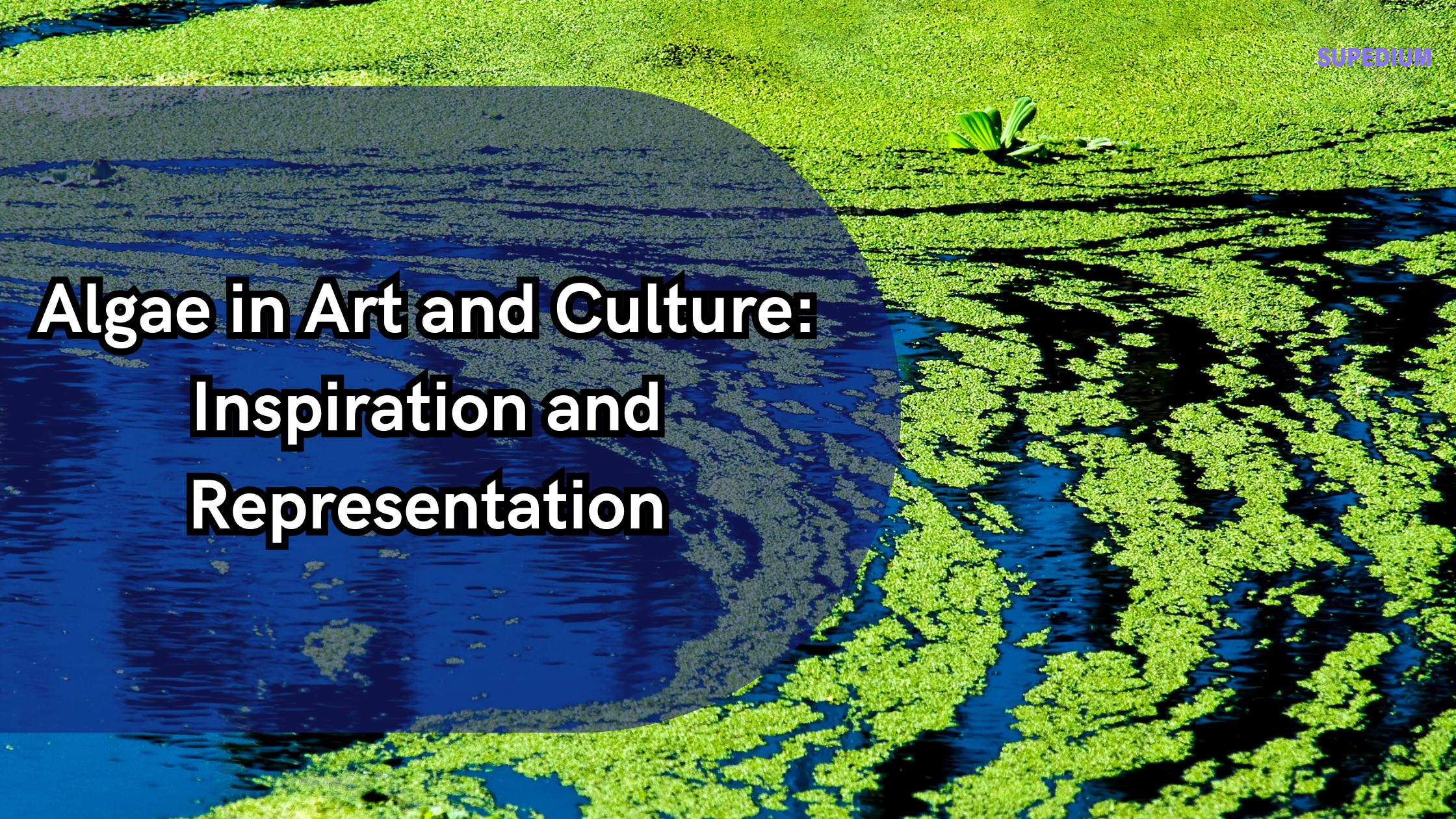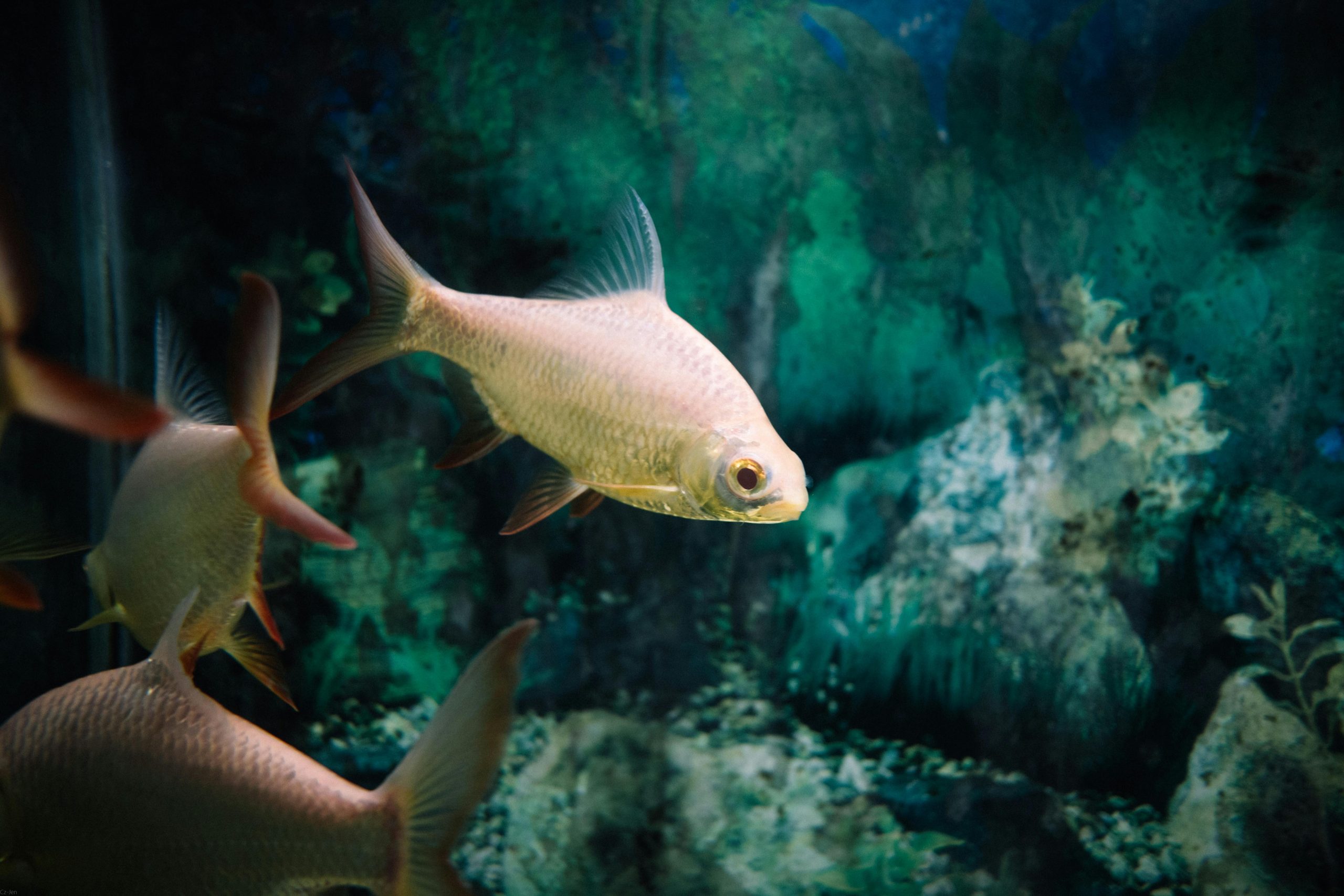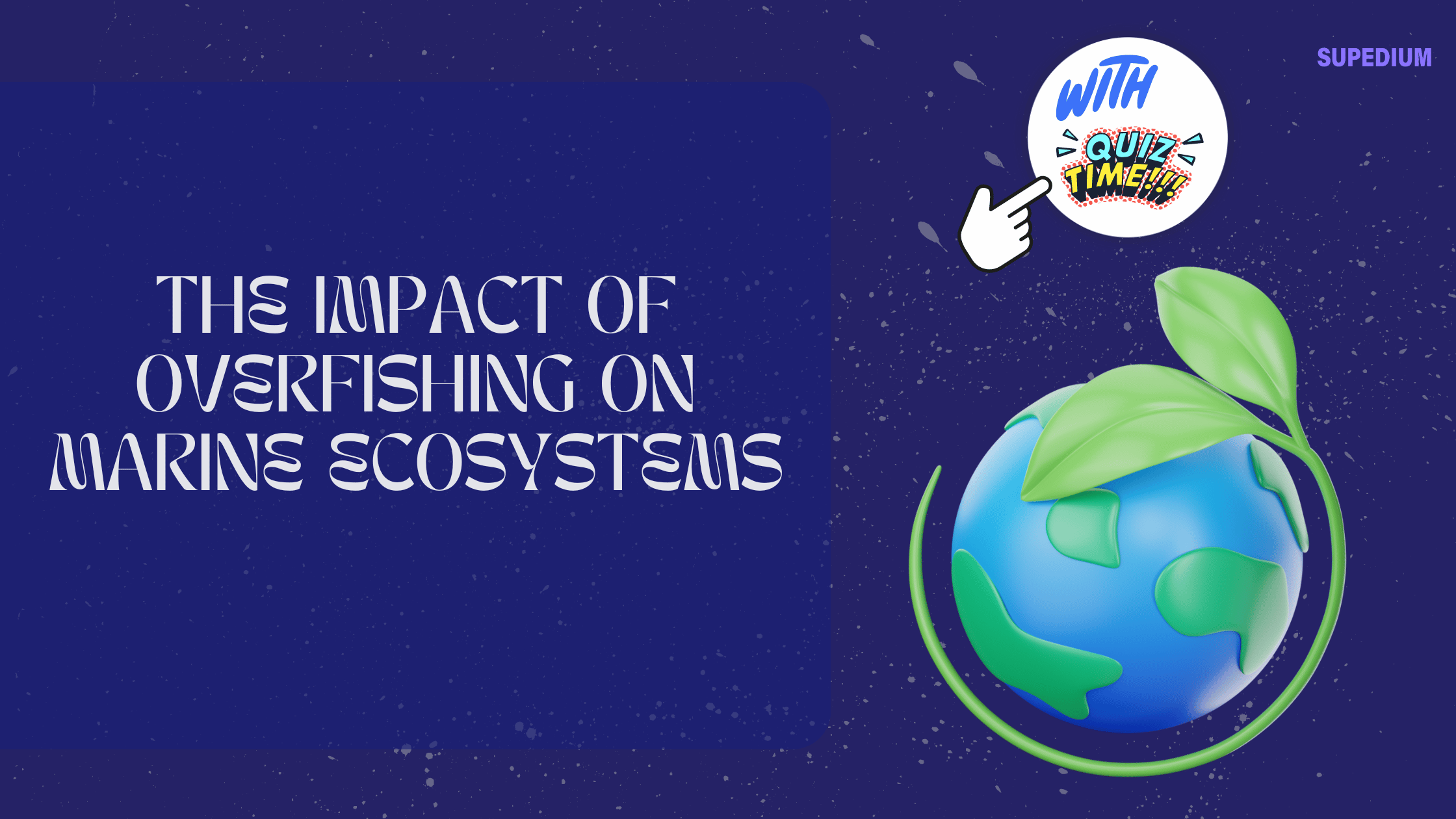Table of Contents
![]()
Introduction
Algae, a diverse group of photosynthetic organisms found in various aquatic environments, play a crucial role in the ecosystem as primary producers and contributors to oxygen production. While their ecological significance is well-documented, algae have also made notable contributions to art and culture. This article explores the multifaceted ways in which algae have inspired and been represented in artistic and cultural contexts, tracing their influence from ancient times to the present.
Historical Perspectives
Ancient Cultures
The use of algae in art and culture can be traced back to ancient civilizations. In Polynesian cultures, for instance, algae were integral to both practical and spiritual aspects of life. Seaweed, known as “limu” in Hawaiian culture, was not only a food source but also featured in various traditional practices and artworks. Similarly, ancient Japanese cultures used algae in their decorative arts and rituals, reflecting their deep connection with marine environments.
Medieval and Renaissance Art
During the medieval period, algae made appearances in botanical illustrations, often depicted alongside other flora. These illustrations, while primarily scientific, captured the intricate forms and textures of algae. The Renaissance era saw an increased interest in natural history, which included the study of algae. Artists and scientists began to explore algae’s unique forms and colors, contributing to their representation in scientific texts and artwork.
Industrial and Modern Eras
The Industrial Revolution brought advancements in science that expanded the understanding of algae. This period marked a shift in the artistic portrayal of algae, influenced by new scientific knowledge. The modern era saw algae being featured in a range of artistic expressions, from abstract paintings to installations, reflecting their evolving role as both a scientific subject and an artistic inspiration.
Algae as Artistic Inspiration
Visual Arts
Algae have significantly influenced visual arts, from paintings and drawings to sculpture and installation art. The intricate patterns and vibrant colors of algae have inspired artists to explore these natural forms in their work. For example, artists have used algae patterns as motifs in abstract paintings, leveraging the organic textures and hues to create visually striking compositions.
In sculpture and installation art, algae have been used both symbolically and literally. Some contemporary artists incorporate actual algae into their sculptures, highlighting the material’s textural and aesthetic qualities. Others create installations that mimic the forms and behaviors of algae, using artistic interpretation to explore themes of growth, transformation, and environmental change.
Literature
In literature, algae have served as motifs and symbols, enriching narratives with their unique attributes. Algae’s association with growth and adaptability has been used to symbolize various themes in poetry, prose, and essays. Writers have drawn on the imagery of algae to evoke ideas of resilience, renewal, and interconnectedness, reflecting both the ecological and metaphorical significance of these organisms.
Film and Media
Algae have also made their mark in film and media, particularly in documentaries and educational films that explore marine biology and environmental issues. These films often highlight the ecological importance of algae, showcasing their role in marine ecosystems. Additionally, algae have inspired designs and concepts in science fiction and fantasy genres, where their alien-like forms are used to create imaginative and otherworldly environments.
Cultural Significance and Symbolism
Traditional and Indigenous Cultures
In traditional and indigenous cultures, algae hold cultural and spiritual significance. For example, in some Native American cultures, algae are used in ceremonies and rituals, symbolizing connections to water and life. Algae’s role in these practices reflects a deep respect for natural elements and their integration into cultural traditions.
Modern Cultural Contexts
In contemporary contexts, algae have become symbols of environmental consciousness and sustainability. Environmental artists use algae to raise awareness about ecological issues, highlighting their role in combating climate change and promoting sustainable practices. Algae have also found their way into fashion and design, with some designers using algae-based materials to create eco-friendly products and garments.
Contemporary Symbolism
Algae’s representation in modern culture often emphasizes their role in sustainability and environmentalism. As societies increasingly focus on environmental issues, algae have become symbols of ecological resilience and innovation. Their ability to thrive in diverse conditions and contribute to environmental health resonates with contemporary values of sustainability and adaptability.
Case Studies
Influential Artists and Works
Several artists have notably incorporated algae into their work, creating pieces that explore its aesthetic and conceptual dimensions. For example, artist and researcher Tania Kovats has used algae in her installations to examine themes of growth and decay. Her work reflects a fascination with the transformative power of algae and its potential to inspire new forms of artistic expression.
Cultural Projects and Collaborations
Artistic collaborations involving algae often focus on community engagement and education. Projects such as public art installations and educational workshops highlight the role of algae in environmental sustainability and foster a greater appreciation for their ecological significance. These initiatives provide opportunities for public interaction and reflection on the relationship between art, science, and nature.
Scientific and Artistic Synergies
The intersection of science and art has led to innovative approaches to representing algae. Collaborations between scientists and artists have produced works that combine scientific knowledge with creative interpretation. These synergies not only enhance the visual and conceptual aspects of art but also promote a deeper understanding of algae’s role in ecosystems and human cultures.
Contemporary Trends and Future Directions
Innovations in Art Using Algae
Recent developments in art have seen artists experimenting with new techniques and materials involving algae. Advances in biotechnology and materials science have enabled the creation of artworks that incorporate living algae or use algae-based materials. These innovations reflect a growing interest in exploring the dynamic possibilities of algae in artistic practice.
Algae in Sustainable Art Practices
Sustainable art practices increasingly incorporate algae as a means of promoting environmental awareness. Artists are using algae-based materials to create eco-friendly artworks and designs, aligning with broader efforts to reduce environmental impact and advocate for sustainability. This trend highlights the potential for algae to play a central role in shaping the future of art and design.
Predictions for Future Representations
Looking ahead, the representation of algae in art is likely to continue evolving. As environmental concerns and scientific advancements progress, artists may explore new ways to incorporate algae into their work, pushing the boundaries of creativity and sustainability. Future representations may reflect ongoing changes in our understanding of algae and their role in both natural and cultural contexts.
Conclusion
Algae, with their intricate forms and ecological significance, have inspired and been represented in various artistic and cultural contexts throughout history. From ancient traditions to contemporary innovations, algae continue to influence art and culture, reflecting their profound connection to nature and human creativity. As we move forward, the exploration of algae in art promises to reveal new dimensions of meaning and expression, underscoring their enduring impact on both artistic and environmental landscapes.
Share This





Be the first to comment